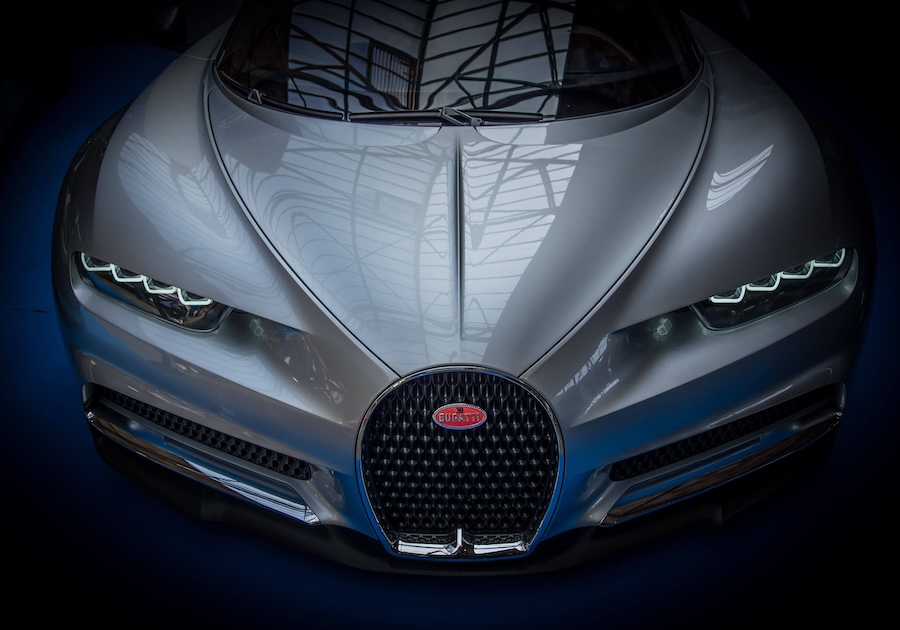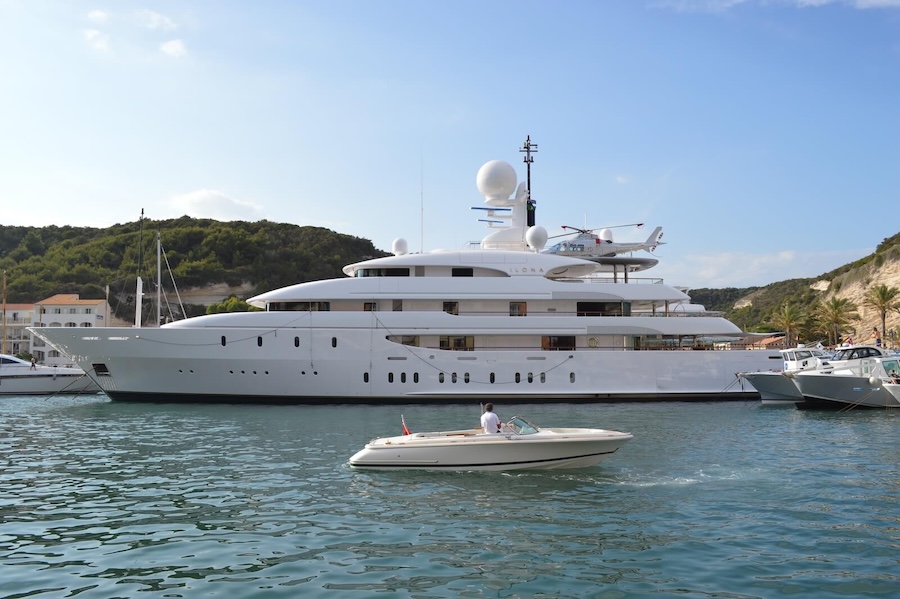· design · 4 min read
Bugatti, A Legacy of Engineering Excellence
Discover the unparalleled history of Bugatti, from its early days in automotive innovation to its modern engineering marvels that continue to set the bar in luxury performance.

Bugatti is synonymous with automotive excellence, where luxury meets unmatched performance. From its roots in the early 20th century to its modern dominance in engineering innovation, Bugatti has consistently pushed the boundaries of what a car can achieve. Let’s explore the remarkable history of Bugatti and how its engineering prowess has evolved over the decades.
The Early Days: Ettore Bugatti’s Vision
The Birth of an Icon
Founded in 1909 by the visionary Ettore Bugatti, the brand was born with a singular goal: to blend high-performance engineering with unparalleled artistry. Ettore’s early designs were revolutionary, combining lightweight construction with advanced engineering techniques that made his cars fast, agile, and elegant. Bugatti cars were more than just machines—they were works of art. The Type 13, released in 1910, marked the company’s first foray into motorsports, and it quickly became a sensation on European racetracks.
Engineering Innovation in Racing
Bugatti’s reputation was solidified in the 1920s and 1930s, particularly through its success in racing. The Bugatti Type 35, one of the most successful racing cars of all time, won over 1,000 races, including multiple Grand Prix championships. Its lightweight frame, advanced suspension, and signature horseshoe grille made it an engineering marvel. Ettore’s ability to merge mechanical innovation with aesthetic beauty was unmatched, and Bugatti became a household name among racing enthusiasts and luxury connoisseurs alike.
Post-War Resurgence and Challenges
A Pause in Production
The death of Ettore Bugatti in 1947 marked the end of an era for the brand. In the post-war years, the company struggled to maintain its prominence. While the Bugatti name still held prestige, production halted, and the company’s future became uncertain. Despite these challenges, Bugatti’s engineering legacy endured, with many collectors and automotive enthusiasts continuing to celebrate its earlier achievements.
The Revival in the 1980s
Bugatti’s resurgence began in the late 1980s when an Italian entrepreneur, Romano Artioli, purchased the rights to the brand. The revival culminated in the launch of the Bugatti EB110 in 1991, a car that would set the stage for Bugatti’s return to the forefront of high-performance engineering. The EB110 featured a quad-turbocharged V12 engine and all-wheel drive, solidifying Bugatti’s reputation as a leader in automotive innovation once again.
The Modern Era: Pushing Boundaries of Performance
The Veyron: A Game-Changer
In 1998, Volkswagen Group acquired Bugatti, and with significant investment in research and development, the brand began working on what would become one of the most iconic hypercars in history—the Bugatti Veyron. Launched in 2005, the Veyron was designed to be the fastest production car in the world. Its W16 engine, producing 1,001 horsepower, and top speed of over 400 km/h (248 mph) redefined what was possible in automotive engineering. The Veyron wasn’t just about speed, though—it was a testament to precision craftsmanship, luxury, and engineering excellence.
Engineering the Chiron
Building on the legacy of the Veyron, Bugatti introduced the Chiron in 2016. The Chiron, with its 1,500-horsepower quad-turbocharged W16 engine, represented the pinnacle of modern engineering. With a top speed limited to 420 km/h (261 mph) and unparalleled luxury features, the Chiron exemplified Bugatti’s commitment to pushing the limits of automotive performance while ensuring the highest standards of refinement and craftsmanship.
A Commitment to Sustainability
As Bugatti looks to the future, the brand remains committed to combining sustainability with cutting-edge engineering. While Bugatti’s heritage is steeped in the roar of internal combustion engines, the company is now exploring hybrid and electric technologies to meet the demands of the modern era without sacrificing its commitment to luxury and performance.
The Bugatti Legacy
Bugatti’s engineering excellence is built on a foundation of constant innovation. From the early days of Ettore Bugatti’s vision to the groundbreaking achievements of the Veyron and Chiron, the brand has continuously set new standards in automotive design and performance. Whether in the realm of motorsports or on the open road, Bugatti represents the pinnacle of engineering, blending speed, power, and beauty into an unparalleled driving experience.
Conclusion
Bugatti’s journey through the decades reflects a brand dedicated to the art of engineering. From the early innovations that defined its racing heritage to the hypercars of today, Bugatti continues to lead the industry in pushing the boundaries of what’s possible. The marque’s commitment to performance, luxury, and technical mastery ensures that Bugatti will remain a legend in the world of automotive engineering for generations to come.


